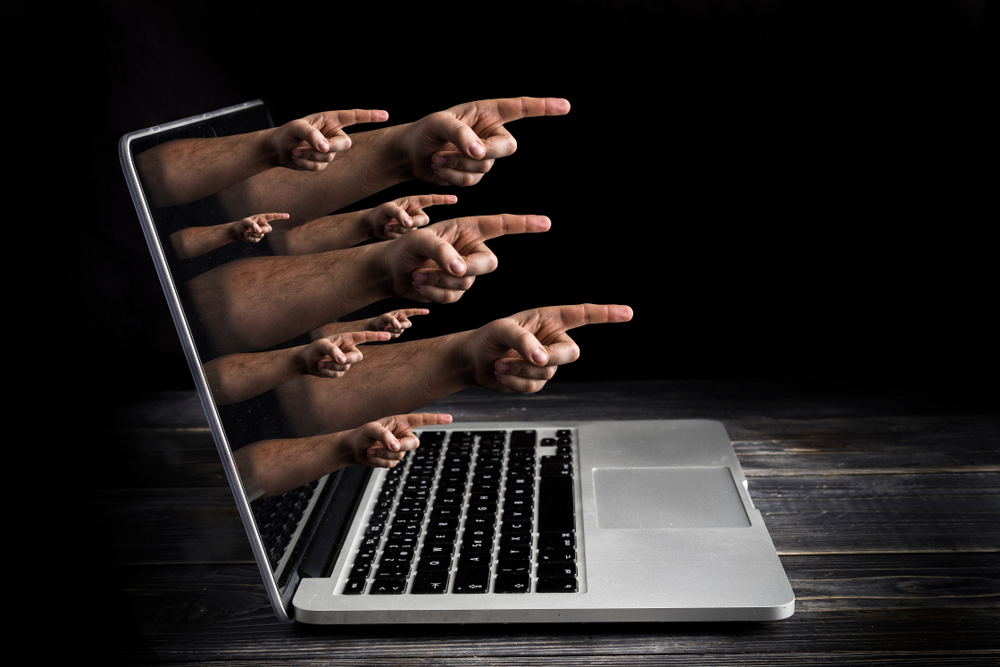Women journalists often face online violence. It could be in the form of cyber-bullying, sexual harassment, hacking, extortion, doxxing, and many other forms. The attackers may be extremist groups, official authorities, individual trolls, or even ex-partners. Trolls often try to get women to leave journalism altogether by threatening their safety and causing serious harm to their mental health.
We have reviewed some important guides that will help you mitigate the threat of cyber-bullying and online gender-based violence. But first, there are two issues to consider.
What are you protecting?
Protecting all your data from everything all the time is impractical and exhausting. Security isn’t just about the tools you use or the software you download. It begins with understanding the unique threats that you face and how to counter them.
The two most important questions you need to ask yourself are: what do you need to protect? And from whom? In other words, identify your enemies or adversaries, and identify your digital assets.
Then, make a list of your assets: data that you keep, where it’s kept, who has access to it, and what stops others from accessing it.
Who do you want to protect your assets from?
It’s important to identify who might want to target you or your information. Make a list of potential or known adversaries. Your list may include individuals, a government agency, misogynist groups, former or current partners.
Depending on who your adversaries are, under some circumstances this list might be something you want to destroy after you’re done security planning.
Now that you have identified your potential attackers, you can use the following guides to help you make a digital safety plan that is unique to you and your needs.
PEN America: Online Harassment Field Manual
This comprehensive guide by PEN America offers practical steps for women journalists to protect themselves, and to find the appropriate responses to online harassment. The “Prepare” section offers practical tools to protect data, especially sensitive personal information, while the “Respond” section features detailed steps for documenting abuse, to muting or blocking attackers, as well as instances when you should respond or write back. It also contains a special section on self-care and dealing with negative emotions that stem from online abuse. This guide is available in six languages, including Arabic.
IWMF: A Mental Health Guide for Journalists Facing Online Violence
Online violence can have a severe negative impact on journalists’ mental health, thus affecting their work and press freedom in general. The culture of silence around online violence and mental health has made it difficult for journalists to get long-term practical help. This guide from the International Women’s Media Foundation (IWMF) was created specifically for journalists by mental health professionals who are specialists in trauma and the media. The guide has a simple self-evaluation chart to assess how online violence is affecting your well-being.
Access Now’s Digital Security Helpline
In an emergency, you might need someone to talk to immediately. This helpline from Access Now offers a 24/7 service for journalists and individuals who need urgent assistance to protect their devices. If you have reasons to believe that you’ve been hacked or that your digital safety has been compromised, you can contact Access Now and an expert will guide you through practical steps to assess the risk you are currently facing, help you resolve existing problems, and offer personalised recommendations. This guide is available in multiple languages, including Arabic.
“Know your trolls”: a free course from IWMF on dealing with cyber-bullying
This practical course helps you identify the abuse you are receiving, know who is behind it, and offers some practical strategies for you to be better prepared for such attacks. It was developed by IWMF along with digital security experts, journalists and online education experts who collaborated through workshops to bring this vital knowledge to journalists and help them create a safety plan in just under one hour.
